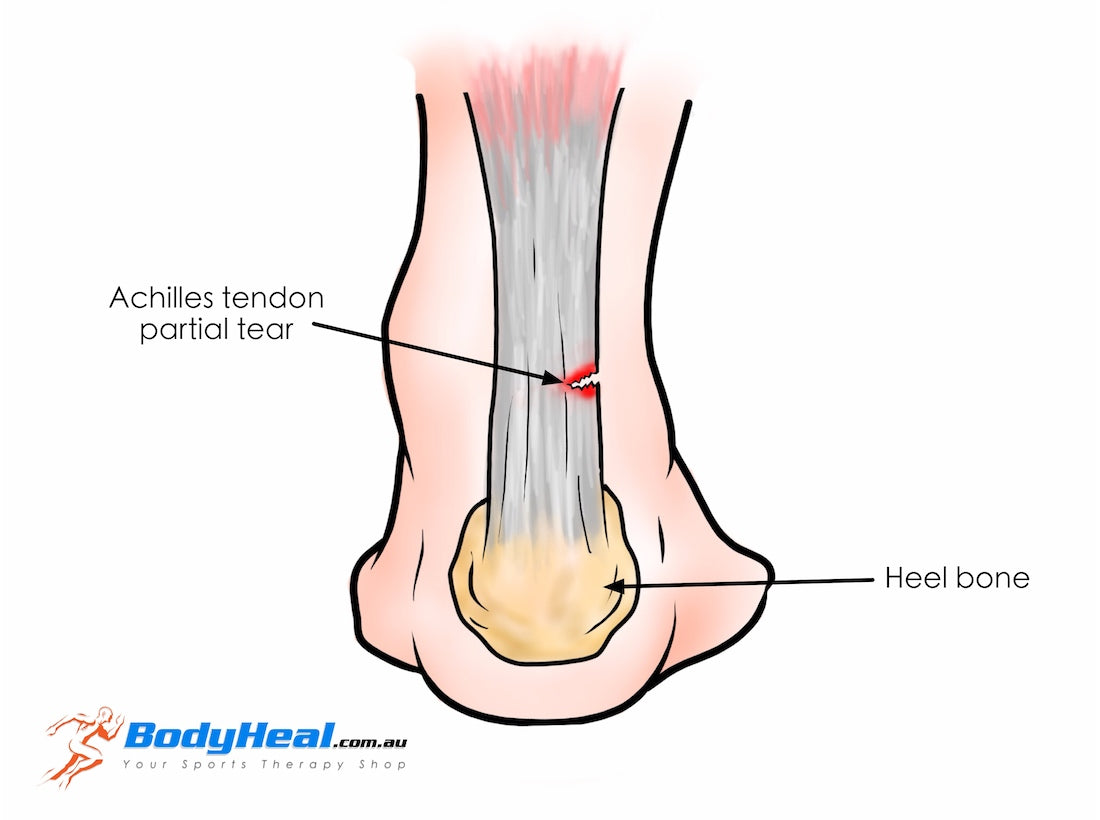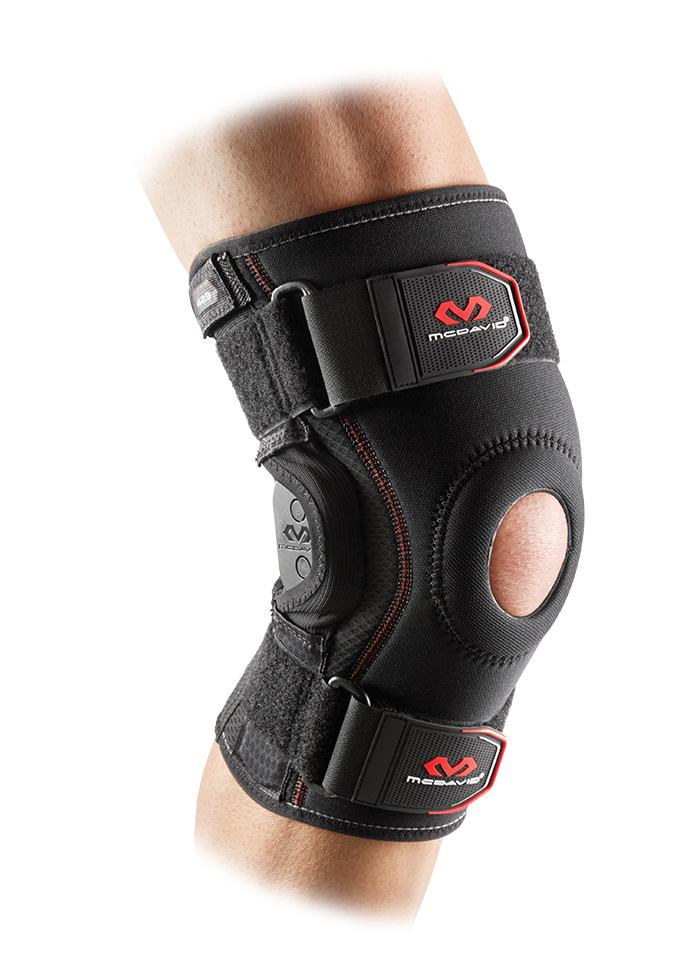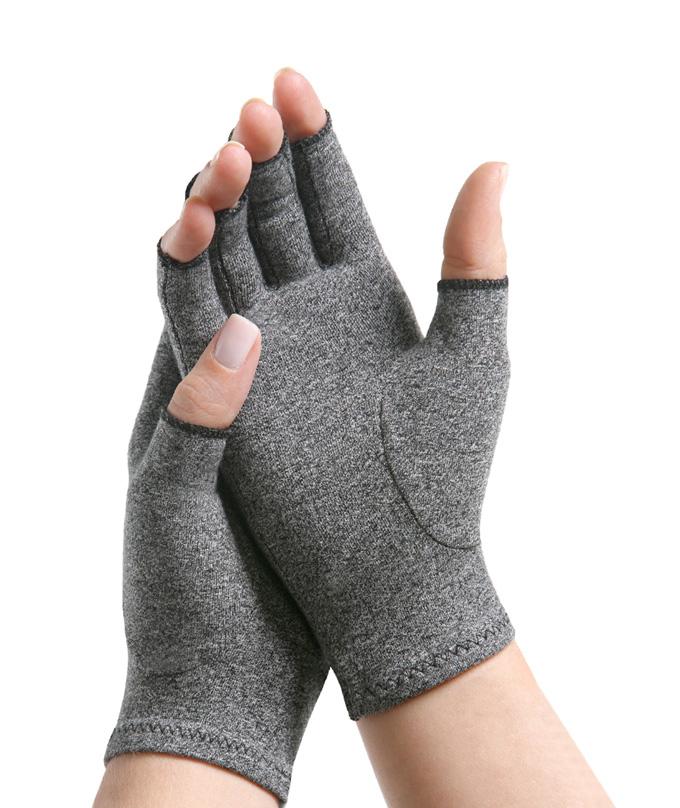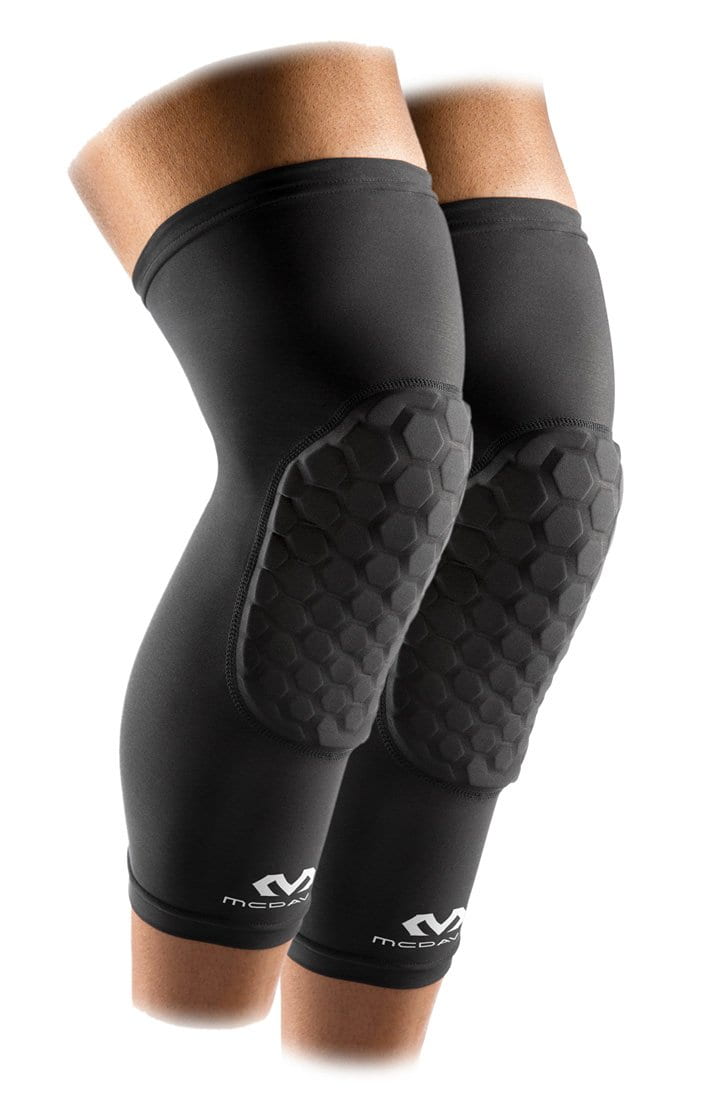Achilles Tendon Injuries: Tendonitis, Tendinosis, Tear & Rupture Discussed
Anatomy
The Achilles tendon is a band of thick fibrous tissue that runs down the back of your lower leg and connects the heel bone to the calf muscle. The Achilles tendon is also referred to as the heel cord and it facilitates walking and running by helping you raise your heel off the ground.

Achilles Tendon Injuries
Regardless of the fact that you are injured and it’s making you miserable, there is a bright side to having an Achilles tendon injury: it is easy to diagnose. There is always going to be pain in the Achilles tendon if the tendon is injured in any way.
Perhaps the most common Achilles tendon injuries are Achilles tendinosis, Achilles tendonitis and Achilles tendon rupture, which we will be discussing in this article.
Achilles tendon injuries are common amongst sportsmen and athletes such as runners, gymnasts and tennis, basketball, volleyball players etc. Unfortunately, the Achilles tendon can be injured easily in most cases.
Causes of Injury
You are most likely going to injure your Achilles tendon if:
- You overtrain as this may result in overuse injuries, including those associated with the Achilles tendon
- You do not warm up and stretch sufficiently before and after your workouts
- You increase your level and intensity of activity too much and too soon
- You wear high heels frequently, thus increasing the amount of load on the Achilles tendon
- Your leg muscles or tendons are too stiff or tight
- You have faulty foot mechanics, such as flat feet or fallen arches. The impact of each step you make may cause your foot’s arch to collapse, hence overstretching muscles and tendons.
Types Of Achilles Tendon Injuries
Achilles Tendonitis
The Achilles tendon is a tough band and can often withstand great forces resulting from jumping and running but it is also susceptible to tendonitis – a condition related to overuse and results from micro-tears that happen when the tendon is overloaded or the force is too sudden.
Tendonitis, simply put, is the inflammation of an affected tendon. Inflammation is your body’s natural response to disease and injury and it often results in pain, swelling and irritation.
Achilles tendonitis are classified into two types, noninsertional Achilles tendonitis and insertional tendonitis, depending on what part of the Achilles tendon is affected.
- Noninsertional Achilles tendonitis. In this case, the fibers in the middle region of the tendon begin to have tiny tears, causing it to degenerate and break down. This leads to the swelling and thickening of the fibers and is common amongst younger active groups.
- Insertional Achilles tendonitis. This takes place in the lower region of the heel where the tendon inserts into the heel bone in your foot. Complications may include bone spurs in insertional Achilles tendonitis. Insertional tendonitis can take place at any point of an individual’s life, despite his/her activity level.
Both type of tendonitis typically result from stress to the tendon and are not related to a specific form of injury. Excessive stress results from overtraining or pushing the bodies too much and too soon.
Symptoms of Achilles Tendonitis
Symptoms include swelling of the tendon associated with pain. There will also be inflexibility and weakness of the tendon - which will make it seem harder to walk or exercise.
Achilles Tendinosis
The degeneration and inflammation of the Achilles tendon is referred to as Achilles tendinosis. Tendinosis is the degeneration of the tendon’s collagen in response to chronic overuse. When the overuse continues without giving the tendon time to rest and heal – tendinosis results. In most cases, the tendon will cause pain and also swelling.
Achilles tendinosis usually occurs in the middle of the tendon – a condition called midsubstance Achilles tendinosis. Sometimes it may occur at the region where the Achilles tendon joins the heel done, this is called insertional Achilles tendinosis. Insertional tendinosis is commonly related to heel bone spur as it rubs against the tendon causing small tears.
Achilles tendinosis is common amongst runners, athletes, people involved in sports and patients with tight calves.
Symptoms Of Achilles Tendinosis
Symptoms of Achilles tendinosis often include inflammation of the tendon or pain and tightness behind the ankle. In most cases, there’s no obvious trauma or injury but pain may progress gradually.
Achilles Tendon Tear and Rupture
Achilles tendon rupture or tear refers to an injury at the back of the lower leg, commonly occurring in individuals involved in recreational sports activities.
Overstretching the Achilles tendon can cause it to tear completely (rupture) or partially.
Achilles Tendon Partial Tear
Achilles Tendon Rupture
Symptoms Of Achilles Tendon Tear Or Rupture
You’ll feel a pop or snap if you rupture your Achilles tendon. This is often followed by a quick sharp pain at the back of your lower leg and ankle. Severe pain and swelling near the heel, inability to stand on your toes and bend your foot downwards and a pop or snap sound are often common signs and symptoms of Achilles tear or rupture, although it is possible to not experience any symptoms at all.
Causes Of Achilles Tendon Tear or Rupture
Achilles tendon tears or ruptures typically result from increased stress on the Achilles tendon, commonly caused by:
- Sudden increase in intensity of sports, especially those involving jumping
- Stepping into a trench
- Falling from a height
- Joining a new workout program without prior fitness experience
You are most likely going to have an Achilles tendon rupture if you’re 30 to 40 years old and if you’re male. Steroid injections into ankle joint are employed to reduce pain and inflammation but this may also weaken tendons nearby and make the Achilles tendon susceptible to rupture. Fluoroquinolone antibiotics use may increase your risk of Achilles tendon rupture as well.
Treatment Options For Achilles Tendon Injuries
Treatment for Achilles tendon injuries often depend on the severity and length of the symptoms.
The R.I.C.E. method may help improve lower grade injuries. Rest and applying ice may reduce swelling and pain. Compression helps mobilize the affected foot and thus, reduce further injury and elevation brings down swelling.
Over the counter pain medications may be taken to improve pain as well.
Heel cups, a walking boot or a brace may be used to reduce some stress of the affected Achilles tendon while walking. Specialized ankle braces such as the McDavid Elastic Ankle Sleeve 511 can greatly help with recovery
Physical therapy is recommended to stretch and enhance the mobility within the calf muscles. Surgery may be required in some cases if conservative treatment is ineffective.
Image Re-Use
You are allowed to re-use the image with the BodyHeal.com.au logo on your website or any online publication as long as the proper creditation is given to BodyHeal.com.au. You can link back to our homepage, https://bodyheal.myshopify.com/ or this article at https://bodyheal.myshopify.com/blogs/ankle/achilles-tendon-injuries-tendonitis-tendinosis-tear-rupture-discussed










Leave a comment